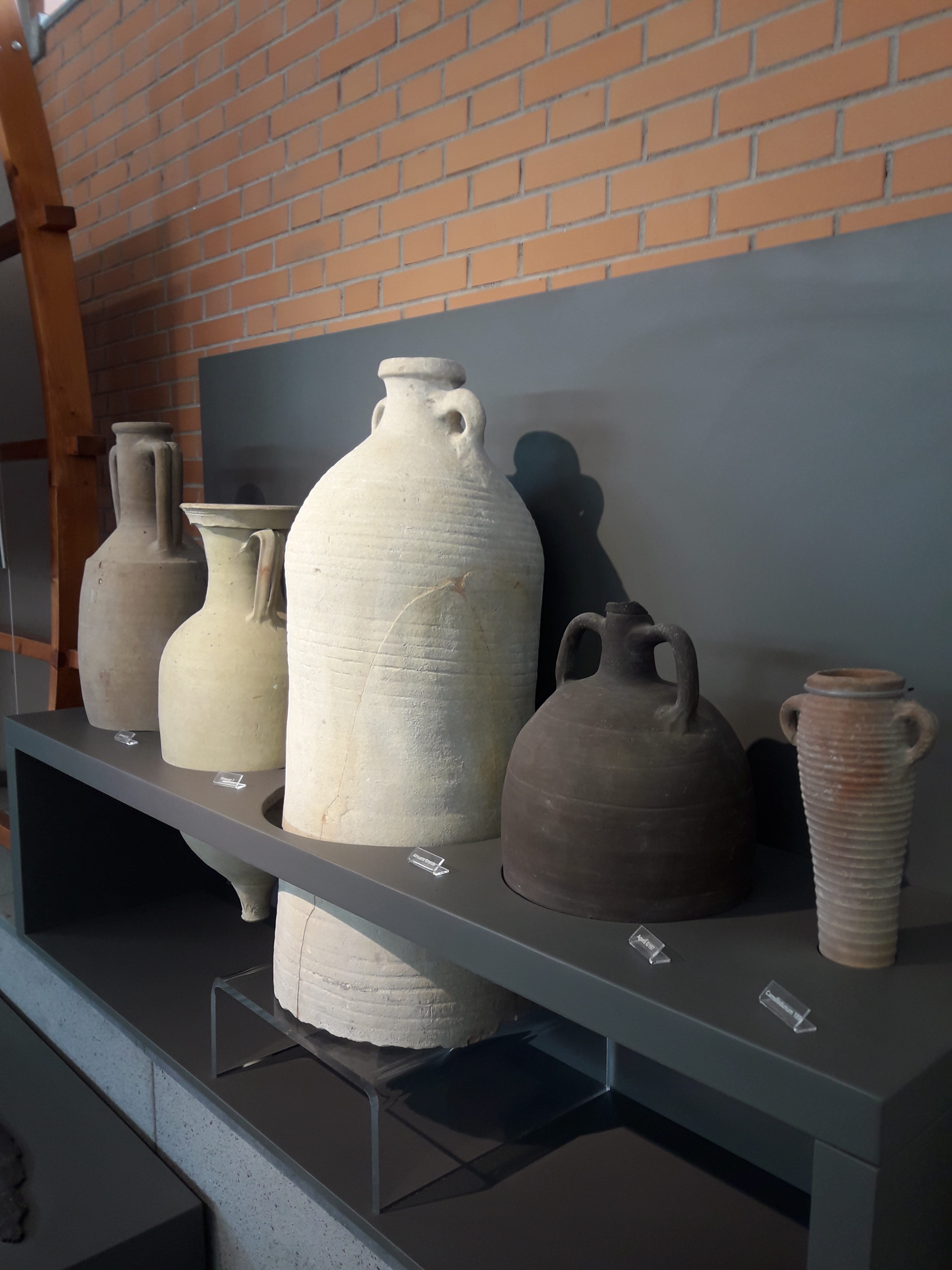HERCULANEUM
According to
the legend, Herculaneum was founded by Heracles
(Hercules) on his way back from Spain to Greece.
While in the gulf of Naples, he fell in love with the
nymph Sebetis (the beautiful daughter of the mythical
river Sebeto) but, unfortunately, she did not return
his love and she preferred to be transformed into a
rock which Heracles decided to name Heraclea
(Herculaneum). Upon that rock, which was flanked by two streams and ejected towards the sea, an hamlet was
built and it became the first nucleus of “Hercules'
city”.
Although the
name of the town suggests a Greek foundation, and the
city presented the typical Greek town layout, probably
due to the influence of the Greek people living in the
nearby Greek settlement of Parthenope, most
archaeologists, basing their theories on the current
archaeological findings, advocate that an hamlet was
settled, during the 6th century b. C., by the Oscan
(Opician) people that inhabited the Campania plain.
It has been
presumed that Etruscans and Samnites also resided here,
until the town came under the influence of Rome, after
the Samnites wars, during the 4th century b.C. In
effect, it became a Roman municipium in the year
89 b.C. but, thanks to its ideal location in the middle
of the wonderful gulf of Naples, Herculaneum was soon
transformed into a purely upper-class Roman resort town
and magnificent dwellings were built along the coastline
as the hamlet had been built up on a bluff overlooking a small
harbour by the sea.
bluff overlooking a small
harbour by the sea.
Several illustrious roman gentries had their own
gorgeous villas built here and among those the most
remarkable one is the notorious Villa of the Papyri,
part of which was uncovered in 1752. It belonged to very
important families, surely the Pisoni gentry. The
archeologists think that the beautiful dwelling was a
sort of cultural centre as they brought to light an enormous library and several carbonised
papyri scrolls, placed in different bookcases along the
walls.
According to Seneca and other contemporary malicious
poets, like Lucian, it was a fashion to own a private
library, during the Roman Empire. In fact, they both
considered the owners of those libraries like simple
uncultured “book clubs”. The papyri scrolls found at
Herculaneum, however, prove that they were related to
the epicurean philosophy and many scholars today think
that the precious library might give back missing books from the
past.
The particular
burial of the town under liquid hot pyroclastic
material, has well preserved organic materials, like
wooden objects and furnitures, dried fruits, eggs and
even clothes. The pyroclastic flow, entering the houses
of Herculaneum, preserved them for us to see nowadays.
Thermal bath complexex, homes, shops, thermopoliums,
temples and a gym (palestra) are all still in such good
conditions that it is possible to immagine clearly what
sort of life was the population living two thousand
years ago.
A walk through the ruins of ancient Herculaneum will surely bring us back in time.
For a walking
tour of the ancient town with a qualified tourist guide,
please contact me at belsannino@gmail.
© 2000-2022
Maria Sannino